If it wasn’t for Tolkien, fantasy and gaming would be a whole different landscape. Taking lore for granted now, it’s easy to get lost in an epic fantasy saga spanning countless novels, or an RPG for hours (even days) on end. But most of it started with this guy.
Revolutionizing world-building, he brought a true sense of scope and scale to the genre.
Everyone knows the Lord of the Rings behemoth at this point, but what did Tolkien himself do that was so different? Here we’ll take a look at some of the times he pushed the fantasy genre to bold new heights.
Created new languages
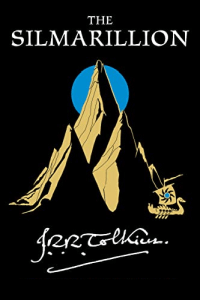 View on Amazon.com
View on Amazon.com
Okay, so he may not have been the first to do this, but doing it to the scale that he did for fantasy was unprecedented. And, as a linguist and philologist, he was more than well-equipped. Creating approximately ten languages, he gave each of the races their own speech patterns and personalities.
Having the Elves speak Quenya, they’d soon establish an entire philosophy.
Studying language composition for decades beforehand obviously helped, but it’s still impressive. Countless fantasy writers continue to mimic him, all with varying degrees of success. But he was a true original when it came to speech.
Gave Elves and Dwarves an entire culture
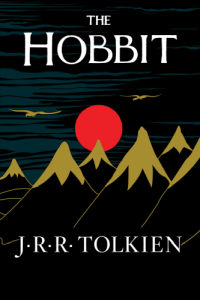 View on Amazon.com
View on Amazon.com
Many races Tolkien brought in from other mythologies, including dwarves and elves. Reinventing them, he would use the Norse ‘Dökkálfar,’ or ‘Dark Elves’ as the basis for his Dwarves. Living underground, Dökkálfar focused on jewels, giving them a definable characteristic. For his Elves he’d use the ‘Ljósálfar,’ which were god-like creatures, living extended lives to the point of immortality.
Whereas before Elves were only referenced in passing, they now became living breathing races with a history. Along with their language, they’d also have distinctive cultures, customs, and practices.
Invented Ents, Orcs, and Balrogs
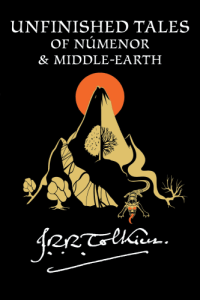 View on Amazon.com
View on Amazon.com
Drawing inspiration from Norse and Greek folklore, Tolkien created a mythology mash-up.
So, similar to what Tarantino did with exploitation cinema (although maybe a little less swearing).
But it’s the creatures he invented from scratch that are noteworthy here. Using other mythologies to help inspire him, he’d create Ents, which were tree spirits (the walking trees), and demonic fiery Balrogs.
There was mention of Orcs before when referring to Ogres and other monsters, but Tolkien transformed them into their own race.
Established the mythopoeia
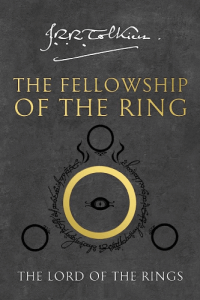 View on Amazon.com
View on Amazon.com
It’s now standard to talk about the ‘lore’ of a fantasy series. Countless YouTube videos will attest to that. But before Tolkien, this level of world-building was rarely considered.
Books like The Silmarillion and The History of Middle-earth showed his workings with a rich and complex history. He’d also provide backstories in Unfinished Tales for all his major characters. Granted most of this was extensive note-taking, really only meant as footnotes to his original Lord of the Rings trilogy and The Hobbit. But still, it’s impressive that he pulled it all from his imagination.
Tolkien went on to coin the term mythopoeia. A tool for fantasy narratives that’s now commonplace, it describes an entirely fictionalized mythology separate from our own. So sure, fantasy may exist today without Tolkien, but it’d look wholly different.
Came with maps
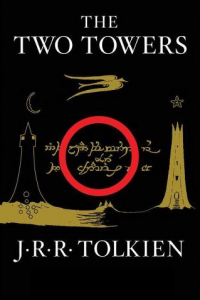 View on Amazon.com
View on Amazon.com
Again, we take this for granted with fantasy sagas and video games, but Tolkien led the way. Books such as Treasure Island and Gulliver’s Travels had basic map imprints, but nothing detailed that a cartographer could put their name to.
Initially, it was to assist him in writing the novels and keeping track of where everyone was at any time. He’d then later include them for the reader almost as an afterthought, helping the audience to visualize the world he’s created as well.
Illustrator Pauline Baynes originally worked on the annotated maps he’d created, bringing them to life for the reader. She even went so far as to create posters that became iconic in their own right. Now maps such as these are pretty much the set standard.
His medieval style popularised it as the genre standard
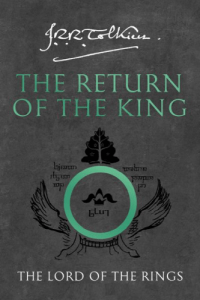 View on Amazon.com
View on Amazon.com
Lastly, we come to the overall tone of his work. And he really did typify a certain aesthetic. Honestly, who doesn’t think of sitting in ‘ye olde tavern’ listening to a bard strum their lute when they think of high fantasy? That’s Tolkien’s doing.
It’s also another case of his mix-and-match approach to fantasy, using it for style as well.
Medieval fantasies weren’t new by any means, with Arthurian legends already being a firm staple of the genre. But it was Tolkien’s popularity that cemented proto-medieval Europe as the go-to look for decades to come. We only have to look at multi-billion dollar franchises like ‘The Witcher’ and ‘Harry Potter’ to see Tolkien’s fingerprints all over them.
And that’s clear evidence of the impact of his legacy, as fantasy has never been the same again since.